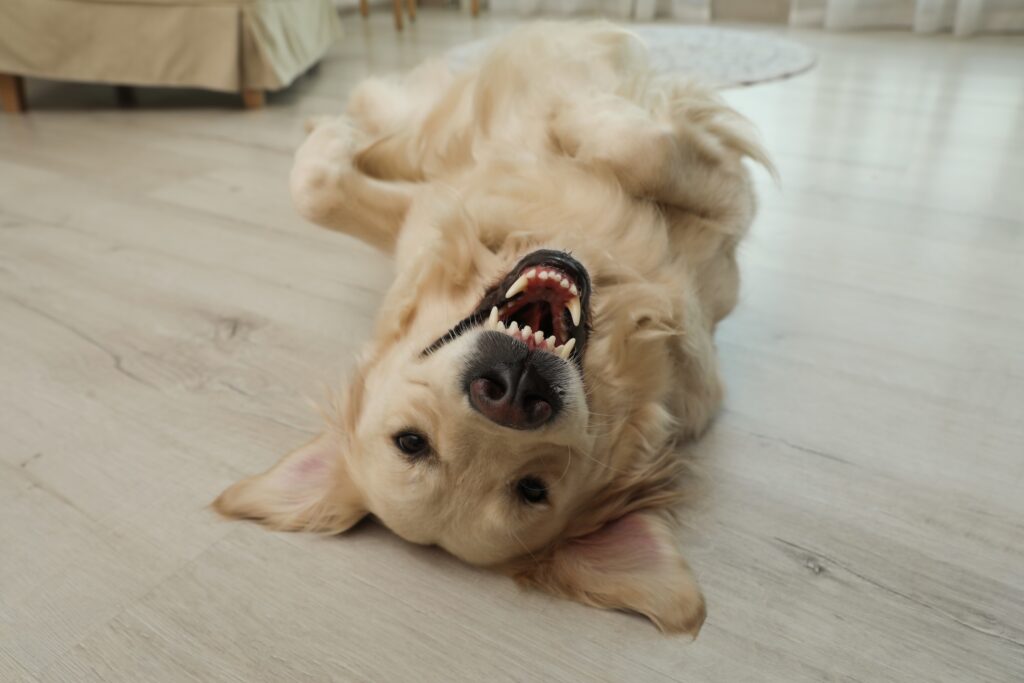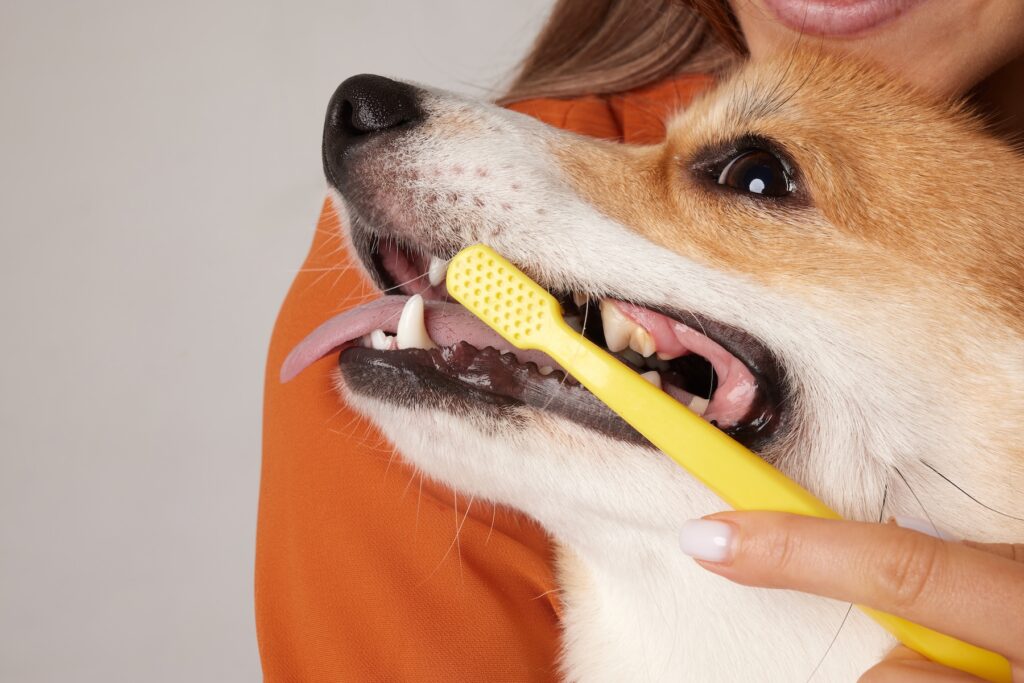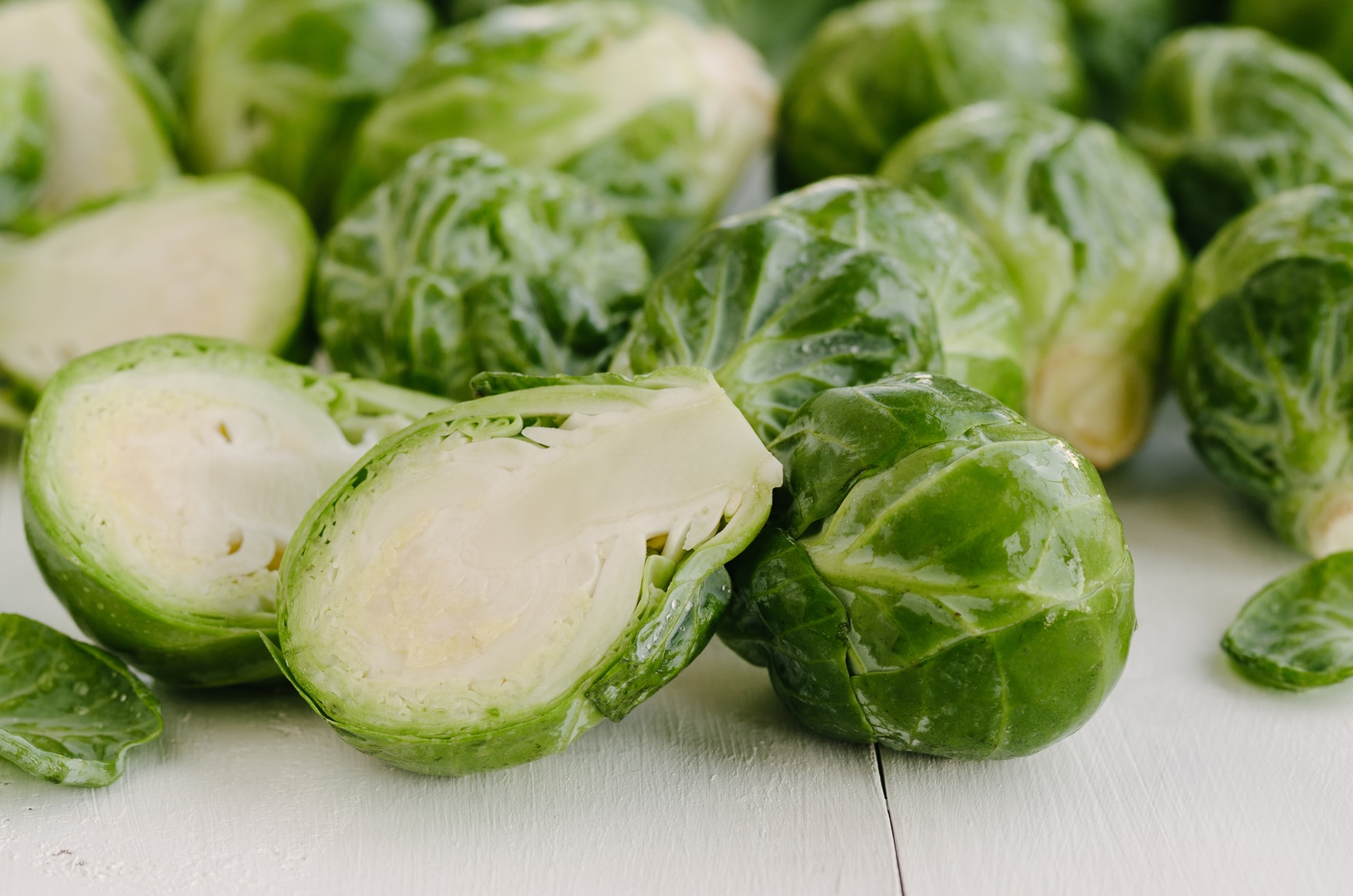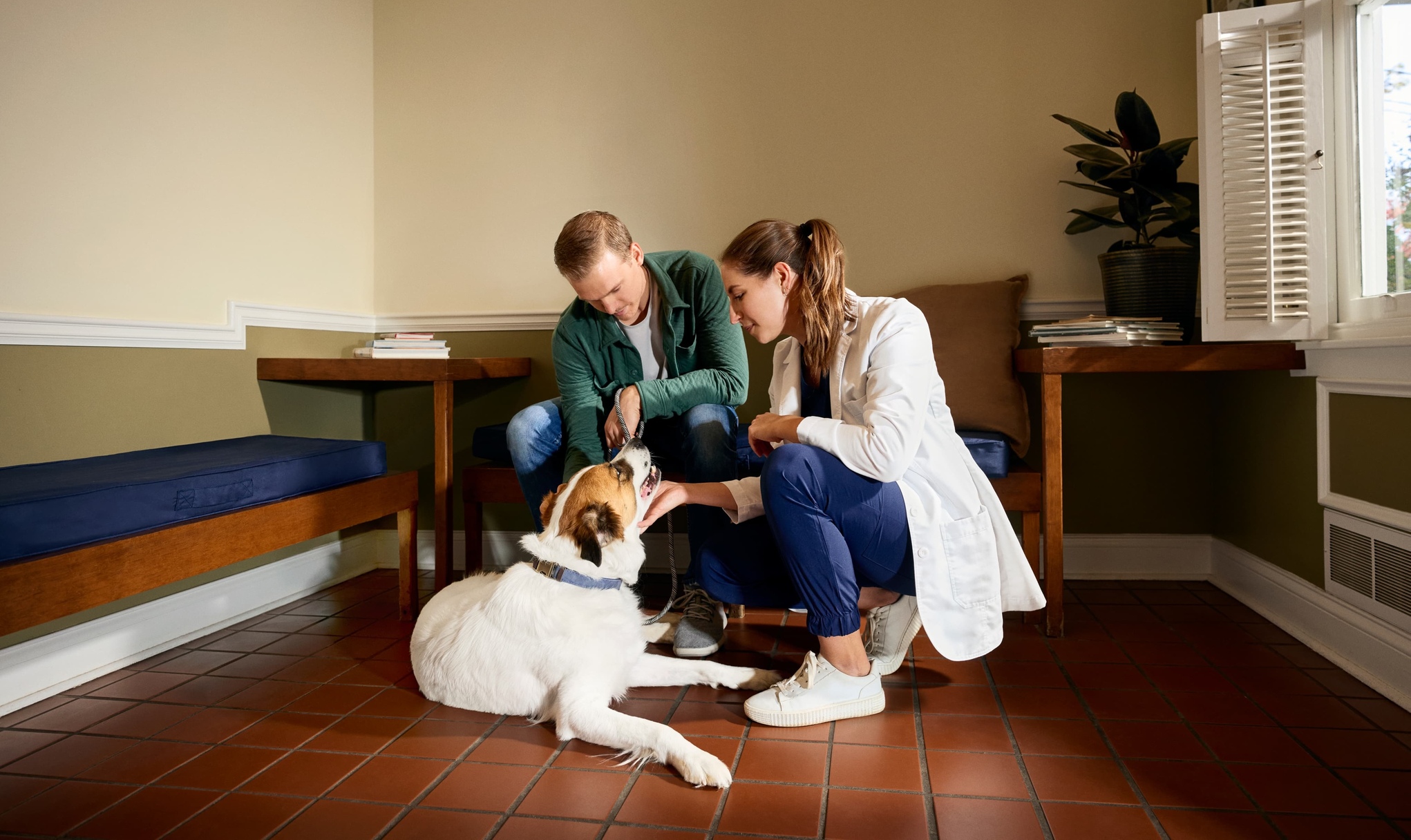
Key points:
- Dogs’ dental health has a significant impact on their overall health
- Dental disease is one of the most common diseases in dogs
- Regular kibble doesn’t keep dogs’ teeth clean, but products designed for tooth-cleaning can help do so
- Dogs need their teeth brushed every day with a dog-safe toothpaste
- Dogs should receive regular dental examinations at the veterinarian
In dogs, as in people, dental health has a significant impact on overall health. When bacteria that starts in the mouth gets into dogs’ bloodstreams, it can lead to serious problems in organs like the heart, liver, and kidneys. And dental issues are dispiritingly common in dogs; by the age of 3, at least 80% of dogs have dental disease.
Knowing how to help keep your best friend’s teeth healthy is a big part of the battle. Here are some pervasive myths about canine dental care, and the most important facts you need to know.
Myth:
Standard kibble keeps dogs’ teeth clean
This is a big one. Many people believe that standard kibble will keep dogs’ teeth healthy, but that’s not the case.
The Global Dental Guidelines from the World Small Animal Veterinary Association (WSAVA) explain why regular kibble does not get the job done. “Standard dry foods,” they say, “break apart at the incisal edge of the teeth, providing minimal to no cleaning at the gingival margin, which is where it matters.”
Fact:
Chewing the right things can help dogs’ dental health
Chewing can be a big part of keeping dogs’ teeth healthy—if you pick products that work.
In general, research shows that healthy and safe chews can benefit dogs’ dental health—but you shouldn’t let them chew just anything, as certain items can even hurt them. Ask your vet what chewing choices are right for your dog. And know that even effective chews have their limits, and are not a replacement for regular toothbrushing and dental examinations. More on those below.

Myth:
Dogs’ breath is supposed to be bad; that’s why they call it “dog breath.”
Somehow, the phrase “dog breath” has come to be associated with “bad breath.” But, in reality, your dog’s breath shouldn’t smell unpleasant. A healthy dog’s breath normally smells neutral.
Fact:
Noxious breath in a dog can be a sign of dental disease
If you’re noticing a strong, foul odor from your dog’s mouth, that’s a sign something may be wrong (usually, but not always, with their teeth).
Other signs that a dog may have dental problems include visible tartar, bleeding gums, reluctance to chew, only chewing on one side, pawing at the mouth, switching from chewing to gulping food, crying or whining while eating, or eating less. If you notice any of these, schedule a visit to the veterinarian.
When the vet examines your dog, they should take a close look at their teeth and gums. If necessary, they’ll recommend a professional cleaning.

Myth:
Dogs don’t need their teeth brushed
Maybe because it can feel daunting to acclimate your dog to toothbrushing, many people convince themselves that they don’t need to do so at all. But studies show big benefits to brushing dogs’ teeth. Research has shown that brushing with dog-safe products can reduce bacteria by nearly 80%, so it’s well worth doing.
Fact:
You should brush your dog’s teeth every day with a dog-safe toothpaste
If you met a person who didn’t brush their teeth every day, you’d probably find the notion disturbing. And it’s best practice to brush your dog’s teeth at least once every 24 hours. WSAVA’s guidelines state that “when properly performed, toothbrushing has been proven to be the most effective means of plaque control.” And they say that “once a day” is the right frequency, “as this level of care is required to stay ahead of plaque formation.”
Once you get the hang of brushing your dog’s teeth, it’s usually not difficult. The trick is to start slowly and be patient as your dog gets acclimated.
Always use a toothpaste that’s safe and effective for dogs. Toothpaste made for humans usually contains ingredients that could hurt or even kill a dog, so you should never use it on them.
If you’re not sure how to get started, read our guide to dog dental care—it features step-by-step instructions for getting into a toothbrushing routine with your dog.




